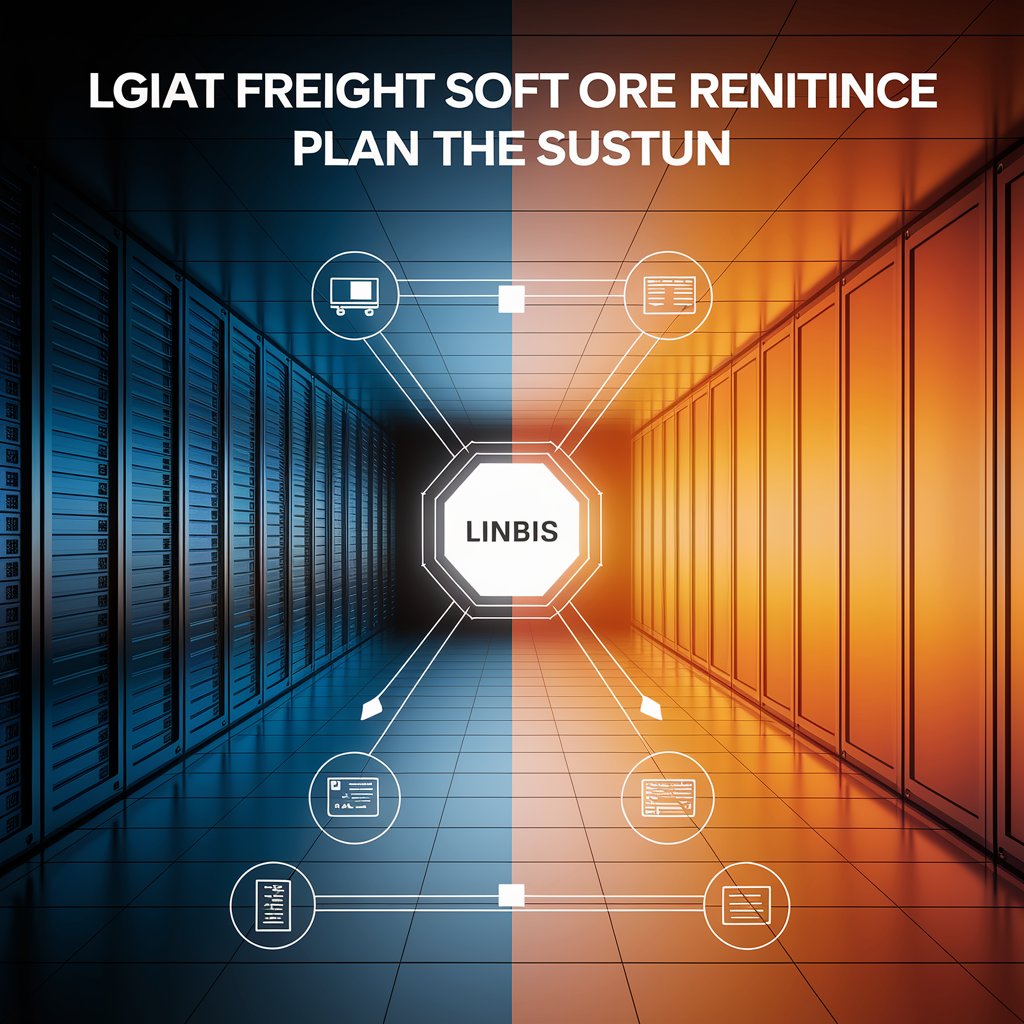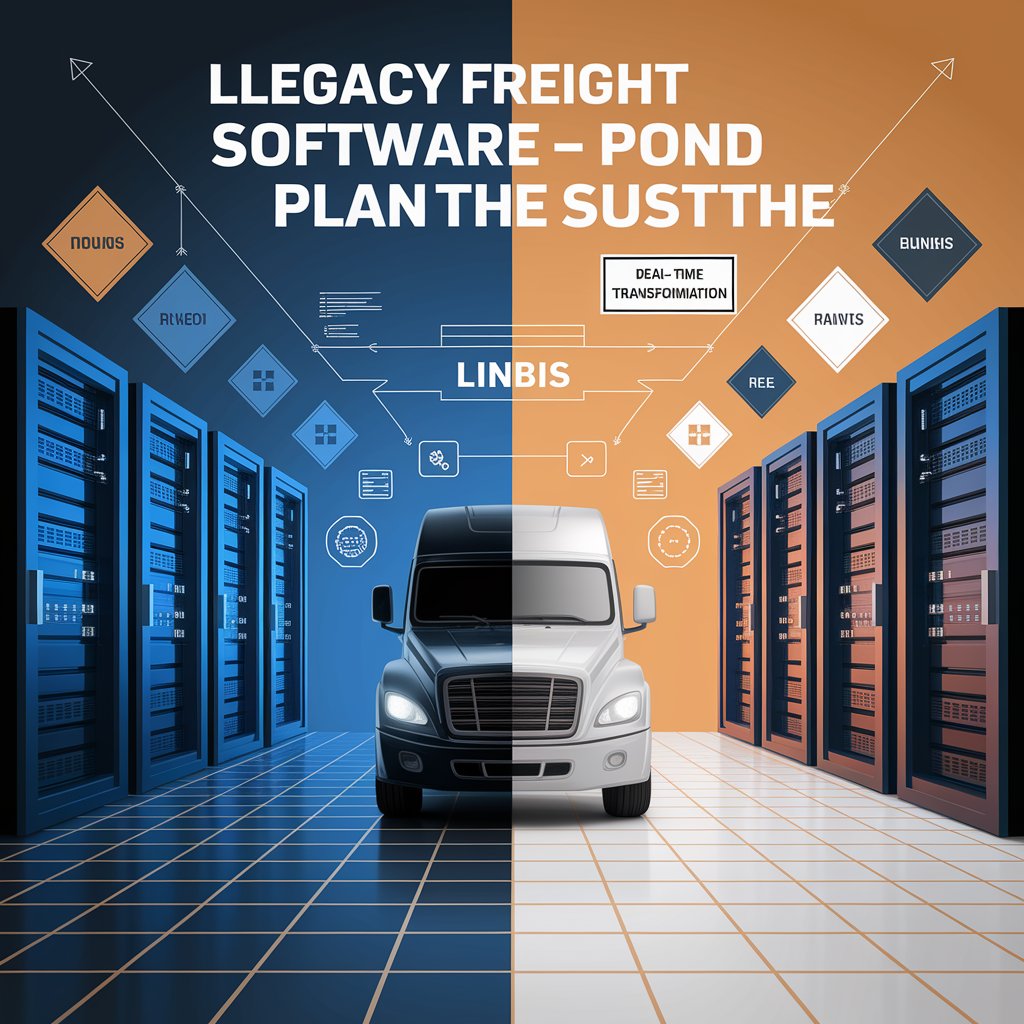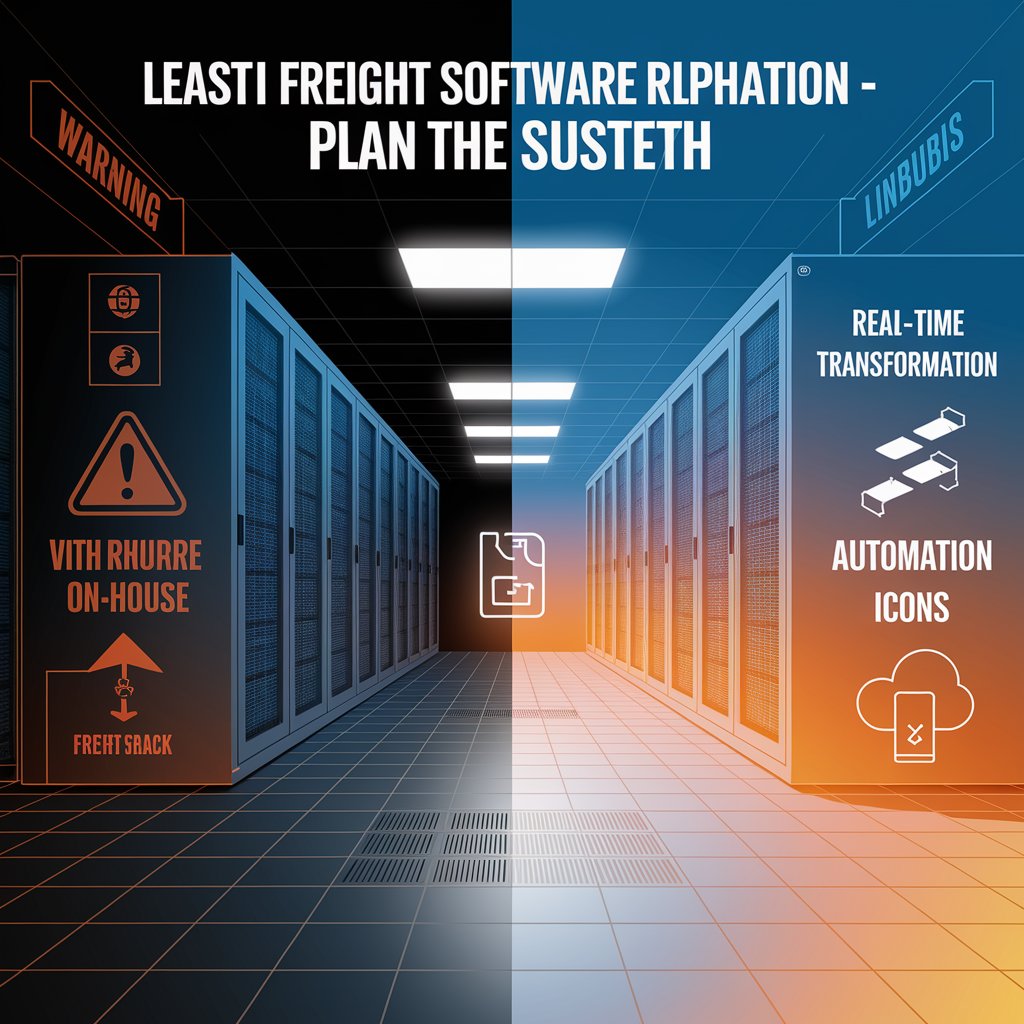Legacy In-House System Sunset Guide: Planning Your Freight Software Replacement ⚙️📉
This guide helps you assess your system’s risk, plan for a smooth sunset, and migrate confidently into the next phase of digital freight operations.

What Counts as a Legacy Freight System? 🧯
A “legacy” system isn’t defined by age alone—it’s about relevance. If your in-house platform struggles to keep up with modern demands, you may be exposed to risk.
Warning signs:
- Built on outdated frameworks (e.g., Visual Basic, MS Access, FoxPro)
- No real-time tracking or client portals
- Limited API or EDI connectivity
- Maintenance depends on a single developer
- Lack of mobile access or cloud backup
- No regular feature updates or security patches
If any of these sound familiar, you’re not alone—and you’re not stuck.

Why It’s Risky to Delay Replacement ❌
Postponing your move off a legacy system might seem safe—but it actually increases vulnerability.
- 🐢 Operational delays from outdated workflows
- 🧑💻 Developer dependency if your IT lead leaves
- 🔓 Cybersecurity exposure due to lack of updates
- 📉 Lost deals because clients expect digital tools
- 🧾 Compliance issues with customs and tax authorities
- 🚫 Inability to integrate with modern carriers or CRMs
Your system could be holding back your growth—and quietly raising costs.
Risk-Mitigation Plan for Replacing Legacy Freight Software 🛡️
Don’t rip and replace blindly. Here’s a 4-phase risk-mitigation framework to ensure a safe and effective transition:
- Assessment
- Audit your current platform: tech stack, data structure, dependencies
- Identify business-critical modules (quotes, bookings, invoicing, tracking)
- Audit your current platform: tech stack, data structure, dependencies
- Stakeholder Buy-In
- Involve operations, finance, and IT early
- Define measurable goals: reduced errors, faster billing, improved visibility
- Involve operations, finance, and IT early
- Data Strategy
- Clean, export, and map legacy data to the new platform
- Use data-mapping sheets and establish fallbacks for historical records
- Clean, export, and map legacy data to the new platform
- Parallel Testing + Cutover
- Run both systems in parallel for 2–4 weeks
- Migrate incrementally and monitor KPIs before full switch
- Run both systems in parallel for 2–4 weeks
✅ Result: Business continuity, team alignment, and minimal downtime.

What to Look for in a Modern Replacement ✅
When selecting a legacy freight software replacement, make sure your new system offers:
- ☁️ Cloud-native architecture
- 🧾 Automated documentation & invoicing
- 📦 Freight-specific modules (air, sea, land)
- 🔗 API integrations with carriers, CRM, customs
- 📱 Mobile access and client portals
- 🔐 Ongoing updates, support, and scalability
Platforms like Linbis offer all of this—with quick onboarding and support tailored to freight teams, not just IT departments.
Real-World Example: From In-House to Cloud
GlobeTrans Logistics, a mid-size freight company in Texas, replaced their in-house VB6 system with Linbis in under 45 days. The results?
- 📉 80% drop in manual data entry
- 💵 3x faster billing cycles
- 🔐 Full cloud access with zero dependency on local servers
- 🚀 Client satisfaction up by 40% thanks to portal tracking
And best of all? Their internal IT team was freed from maintaining old code—and refocused on scaling the business.

What’s Your Legacy Risk Exposure?
If your system is more than 5 years old and built in-house, chances are you’re at risk. From revenue loss to regulatory penalties, the longer you wait, the greater the cost.
Don’t let your freight tech become your bottleneck.
👉 Assess my legacy risk today and get a custom migration roadmap—before your system sunsets without a plan.
